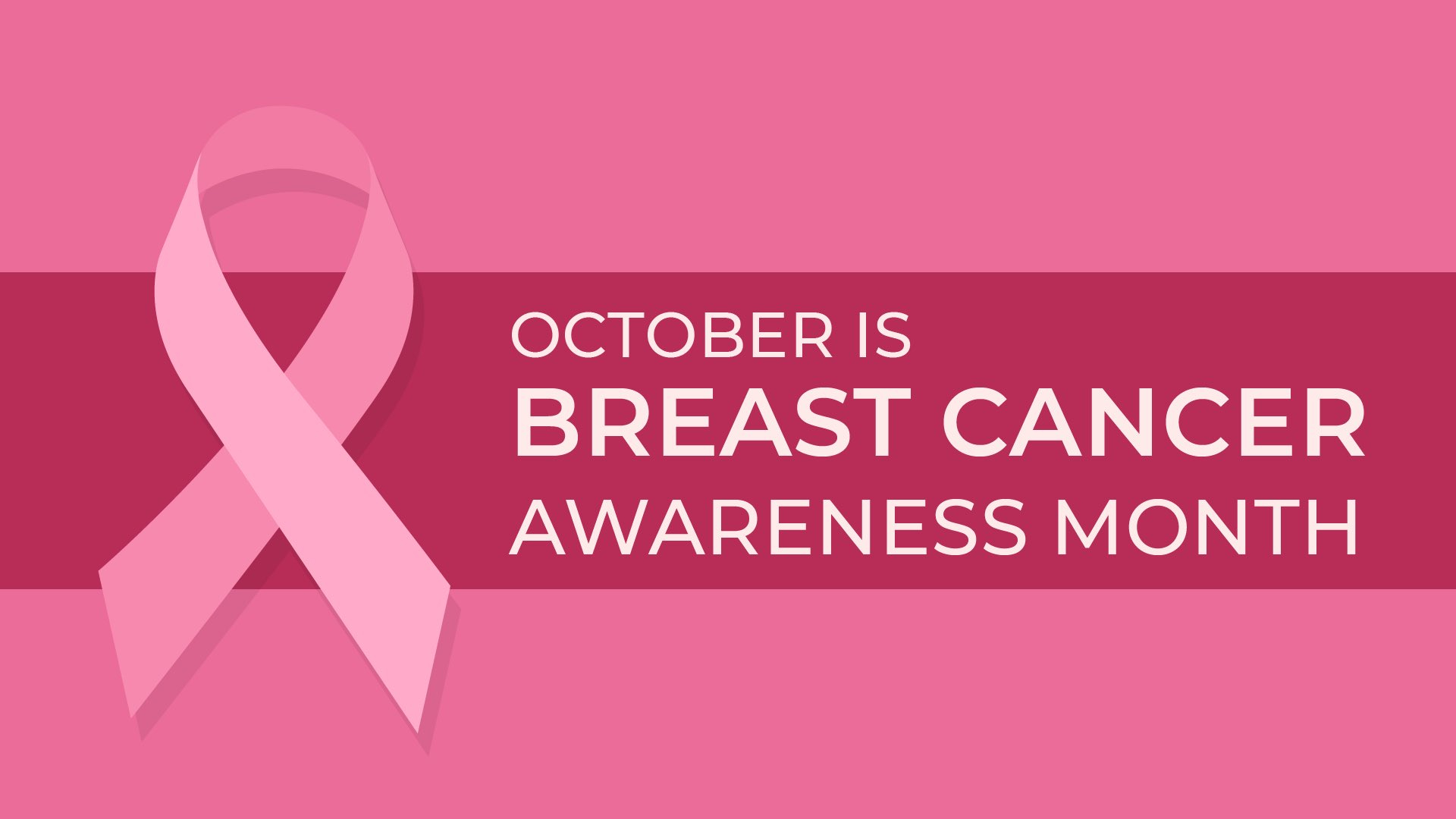Shahrin Ahmed, Medical Specialist at the Canadian Cancer Society, posted on X:
“October is Breast Cancer Awareness Month –
The impact of breast cancer can be raised, progress made against the disease can be celebrated, and those affected can be supported during October’s Breast Cancer Awareness Month.
Approximately 2.3 million new cases are reported every year for breast cancer, which is the most common cancer globally. One out of eight cancer cases occur in both men and women, with women experiencing 25% of all cancers.1 Furthermore, 70% of cancer deaths occur in resource-constrained settings. The low uptake of early detection services is a result of health system barriers and poor patient awareness and knowledge, which leads to late-stage diagnoses and poor outcomes. Breast cancer will affect more than 360,000 people in 2024. Despite everything, there is hope. The chances of survival are being enhanced by the advancements in early detection methods and support. The survival rate of breast cancer is 99% when detected early in its localized stages.
According to the American Cancer Society, early detection results in a 5-year relative survival rate of 90% for localized cancer that has not spread. Most deaths take place in families with low and middle incomes, and women diagnosed with breast cancer tend to be diagnosed in the late stages of the disease. The primary reason for this is not being aware about early detection and potential barriers to accessing certain health services. It’s recommended to perform monthly breast self-exams to identify any changes or lumps, even though many breast cancer symptoms are invisible and hard to spot without a professional screening.
The American Cancer Society advises that women with average risk receive early detection of breast cancer:
• In the age range of 40-44, women should be given the opportunity to start screening with a mammogram every year.
• It is recommended that women between 45 and 54 undergo a mammogram every year.
• Women who are 55 and older have the option to either switch to annual mammograms or continue with annual mammograms. It’s important for all women to understand what they can expect during a mammogram for breast cancer screening, including its limitations.
As per, the pain that occurs suddenly and is noticeable is the most frequent symptom of breast cancer that has spread to the bone. The spread of breast cancer to any bone is uncommon, especially in the ribs, spine, pelvis, and long bones in the arms and legs.
Breast cancer that has spread to another part of the body, particularly the liver, brain, bones, or lungs, is known as metastatic breast cancer, also known as stage IV. There are numerous treatment options available for metastatic breast cancer, and new medications are being developed every day.
People who regularly screen for breast cancer have seen a 25% decrease in their death rates due to early detection and treatment. The treatment for breast cancer is influenced by the type, size, or stage of the cancer, an individual’s age and health, and the results of their tests. Surgery (lumpectomy or mastectomy), radiation therapy, or chemotherapy are all options for treatment.”
